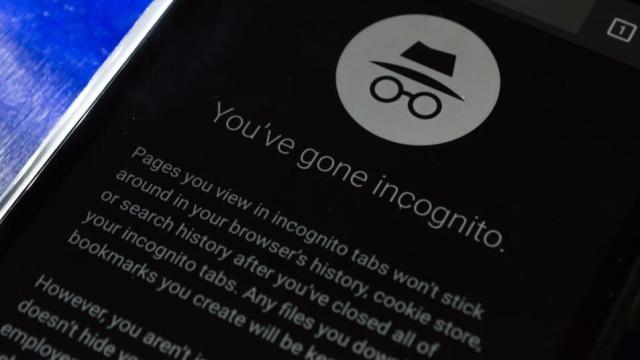Google is testing a new feature for Chrome on iPhone and iPad that lets you lock incognito tabs with facial ID when they’re left open in the background. (Unfortunately, the feature is not available on Android — at least not yet).
Chrome’s incognito mode prevents your device from saving your browsing history, which can be helpful when you need to stealthily look something up. However, unless you close your incognito tabs every time you stop using Chrome, someone could easily open your background tabs to see what you’re up to. By enabling the new privacy feature, though, you can safely leave incognito tabs open in Chrome without fear of someone snooping into whatever it is you have hidden while you’re not looking.
The feature is available in the stable iOS Chrome app, but it’s hidden in the experimental flags menu and not readily available in the app settings. It’s possible Google will make it a standard feature in a future app update, but here’s how to turn it on for now:
- Open chrome://flags in a new Chrome tab on your iPhone or iPad.
- Use the search bar to find “Device Authentication for Incognito.”
- Set the flag to “Enabled” from the drop-down.
- Tap to reboot Chrome when prompted to save and apply your changes.
- Reopen Chrome, then go to Settings > Privacy.
- Enable the new “Lock Incognito Tabs When You Close Chrome” option.
With the feature enabled, you can leave incognito tabs open in the background with less worry, as anyone trying to access your active incognito tabs will need to provide a matching Face ID to unlock them.
Here’s how it works:
- Reopen a background incognito tab in Chrome.
- Tap to “Unlock With Face ID” when prompted.
- Let your device perform the face scan. If it matches, your tabs will unlock and you can continue browsing from where you left off.
While locking your incognito tabs will keep other people out, remember that Chrome’s incognito mode is not an anonymous browsing mode. Websites and ISPs can still track a lot of data from incognito mode, so it should not be used in place of other privacy tools like tracker blockers and VPNs.

Leave a Reply
You must be logged in to post a comment.